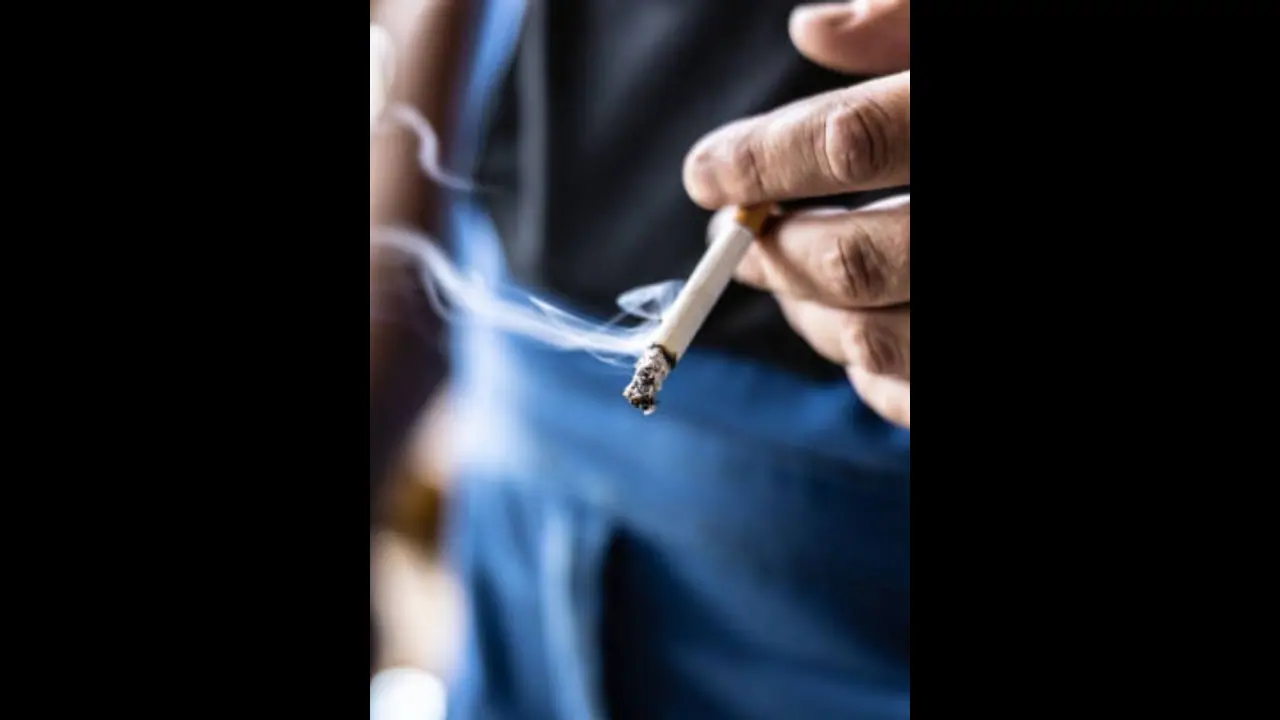THS contains several caner-causing particles, such as formaldehyde, naphthalene, acetaldehyde, and others.
Many believe that if they are not the ones lighting the cigarette, they are safe from the harmful effects of tobacco and smoke. However, that is not true. The residual gases and harmful nicotine particles, along with toxins, are usually left in the air after smoking, which may cause harmful effects for non-smokers as well.
What is thirdhand smoke?
Thirdhand smoke (THS) is the residual pollutants and particles that settle on surfaces when tobacco is smoked indoors. THS comprises several harmful cancer-causing chemicals, such as formaldehyde, naphthalene, and others, along with nicotine.
THS builds up on surfaces with time and can linger around for months even after quitting smoking. It can settle on surfaces such as:
- clothes
- carpets
- walls
- floors
- vehicle
- bedding
- curtains
Health effects of thirdhand smoke?
Smoking is a preventable danger; however, third-hand smoke is a different story. It is difficult to avoid it, as the harmful particles from the smoke linger in the environment and settle down as dust particles on several surfaces for days, causing harm to people of all ages.
The following are some major symptoms of thirdhand smoke:
- frequent asthma attacks
- shortness of breath
- coughing
- wheezing
- rashes
- allergic reactions
- eye irritations
- nausea
- nasal congestion
Ways to prevent thirdhand smoke
Thirdhand smoke can be prevented by following strategies:
- wash all your clothes
- don't smoke indoors
- proper ventilation
- replace contaminated objects such as carpets, drapes, etc.
- clean walls, counters, and other hard surfaces
Getting rid of THS is a challenging task; however, regular cleaning and not smoking inside can help you create a safe and toxin-free environment indoors to keep your loved ones safe and healthy.
Also Read: Does quitting rice help weight loss? Know what experts have to say
Also Read: Climbing stairs or walking? Know which exercise is best for effective weight loss
